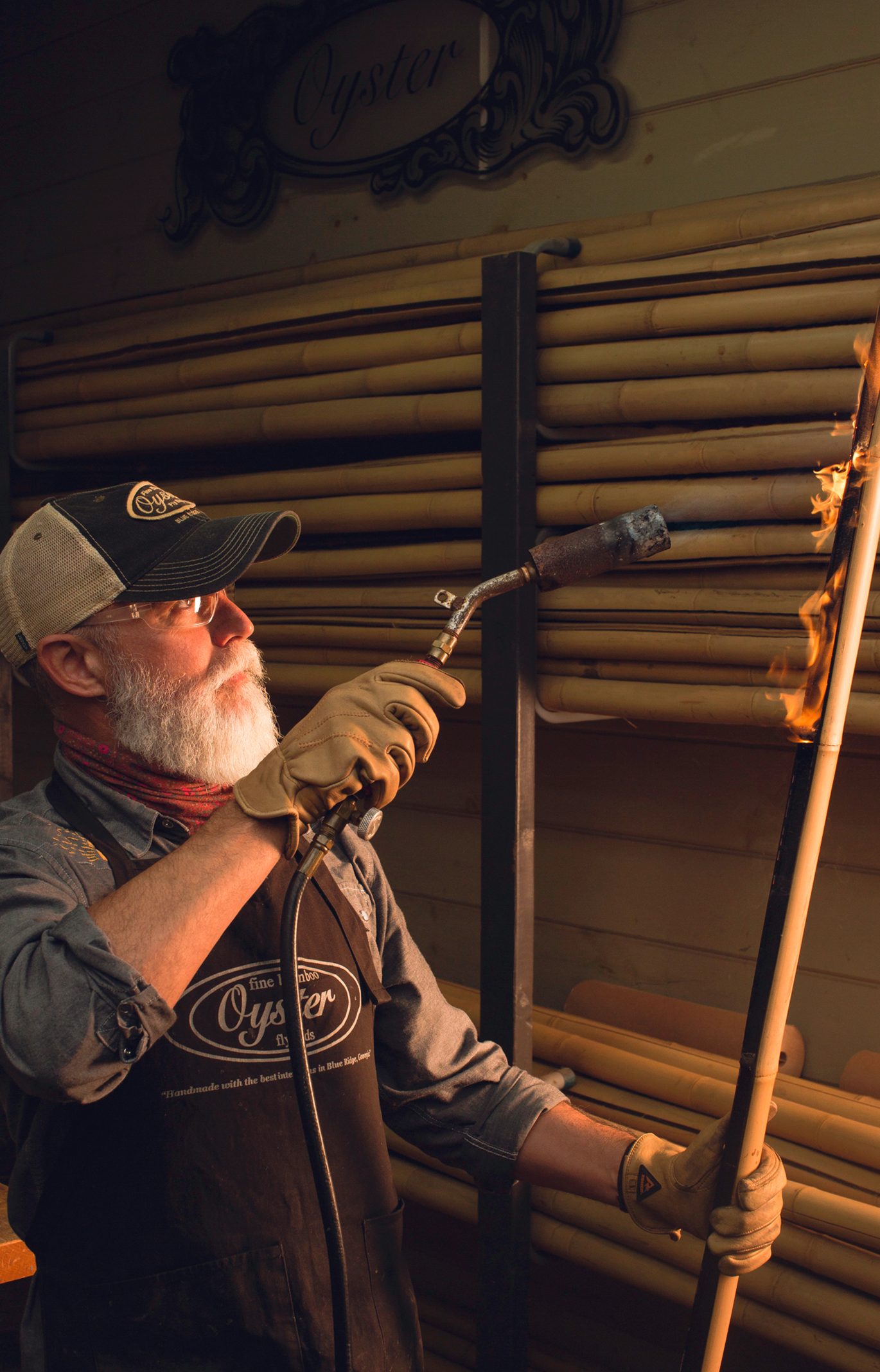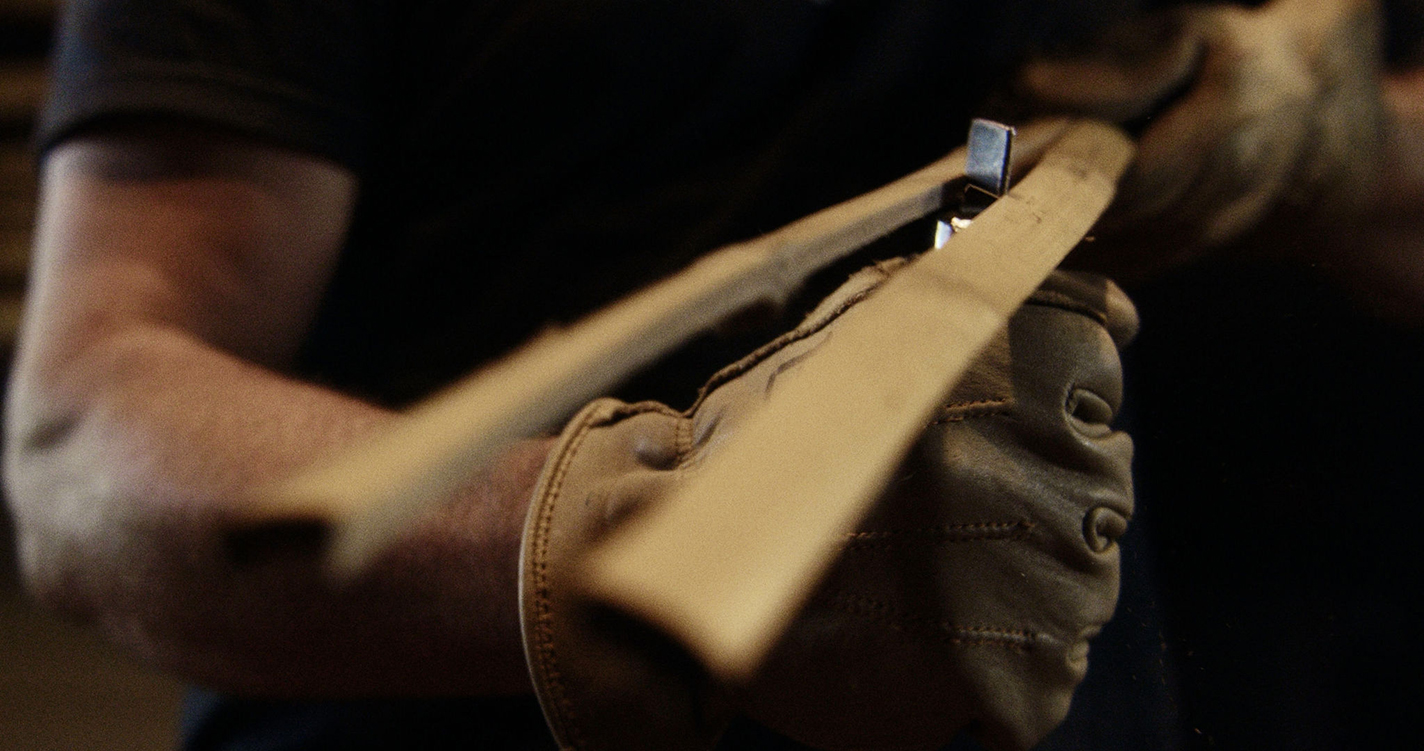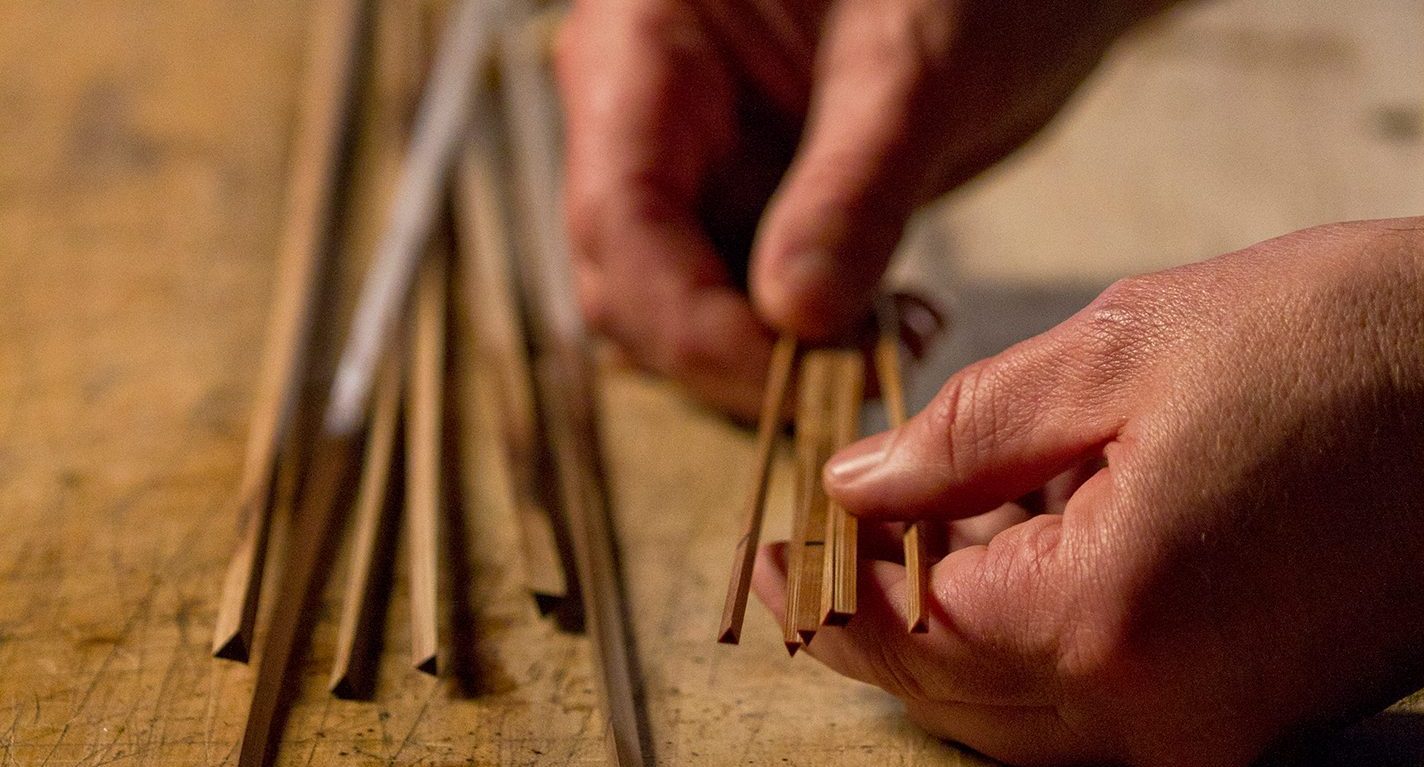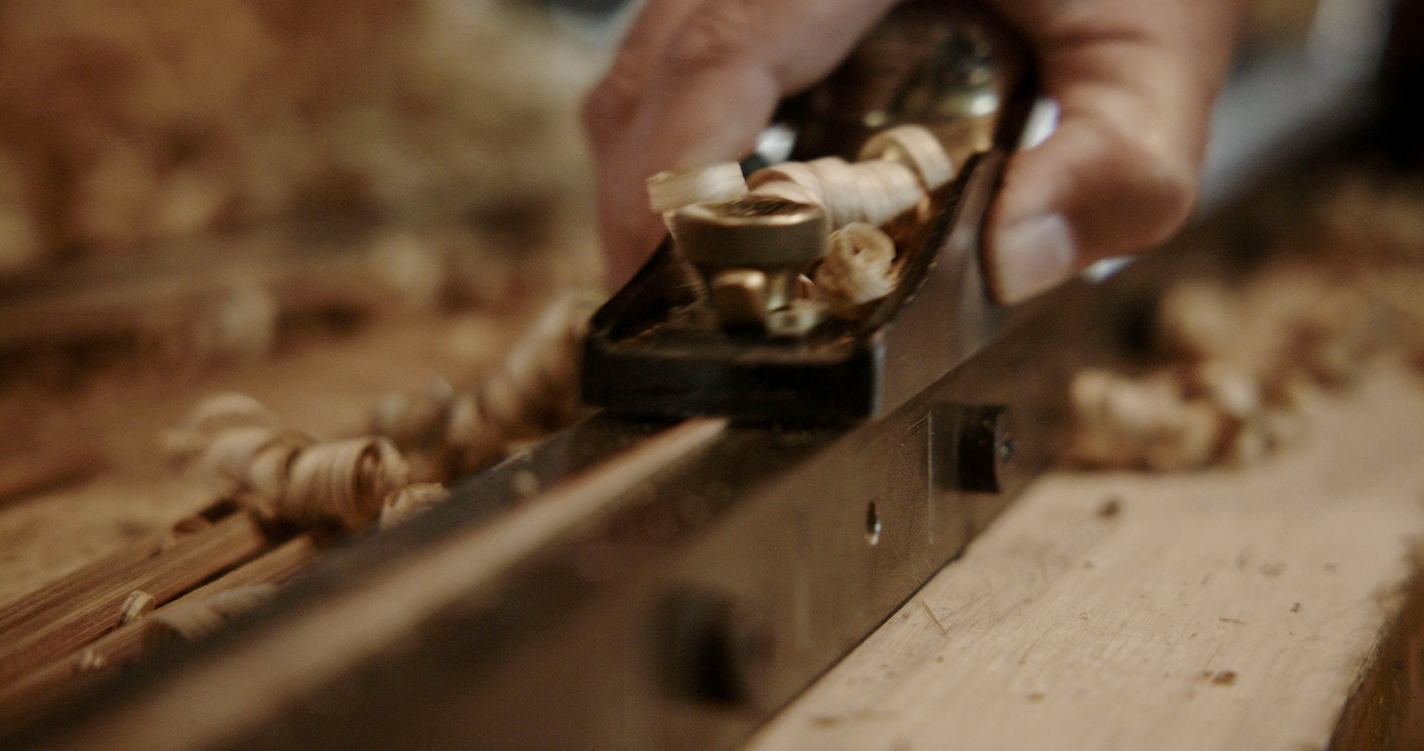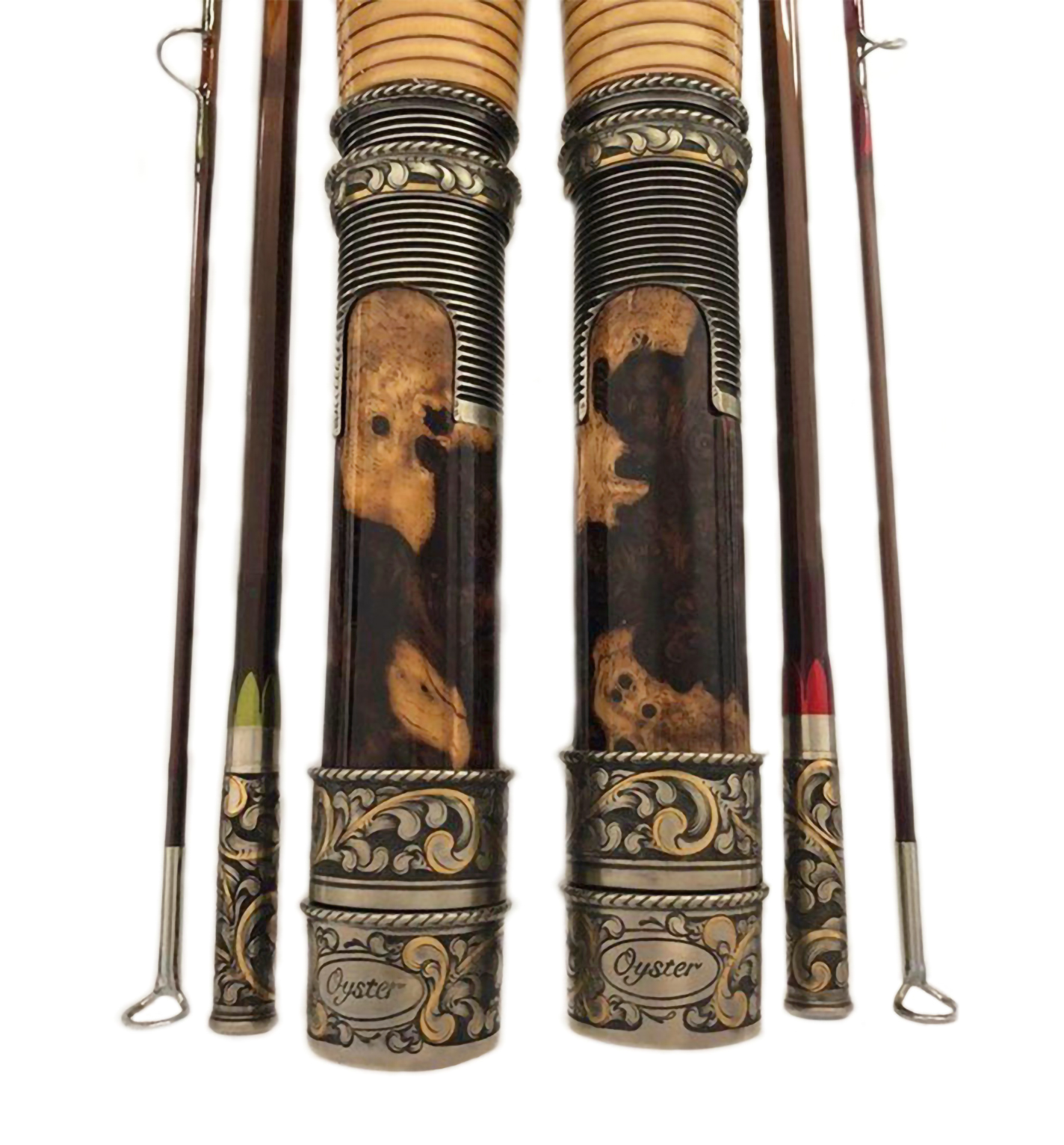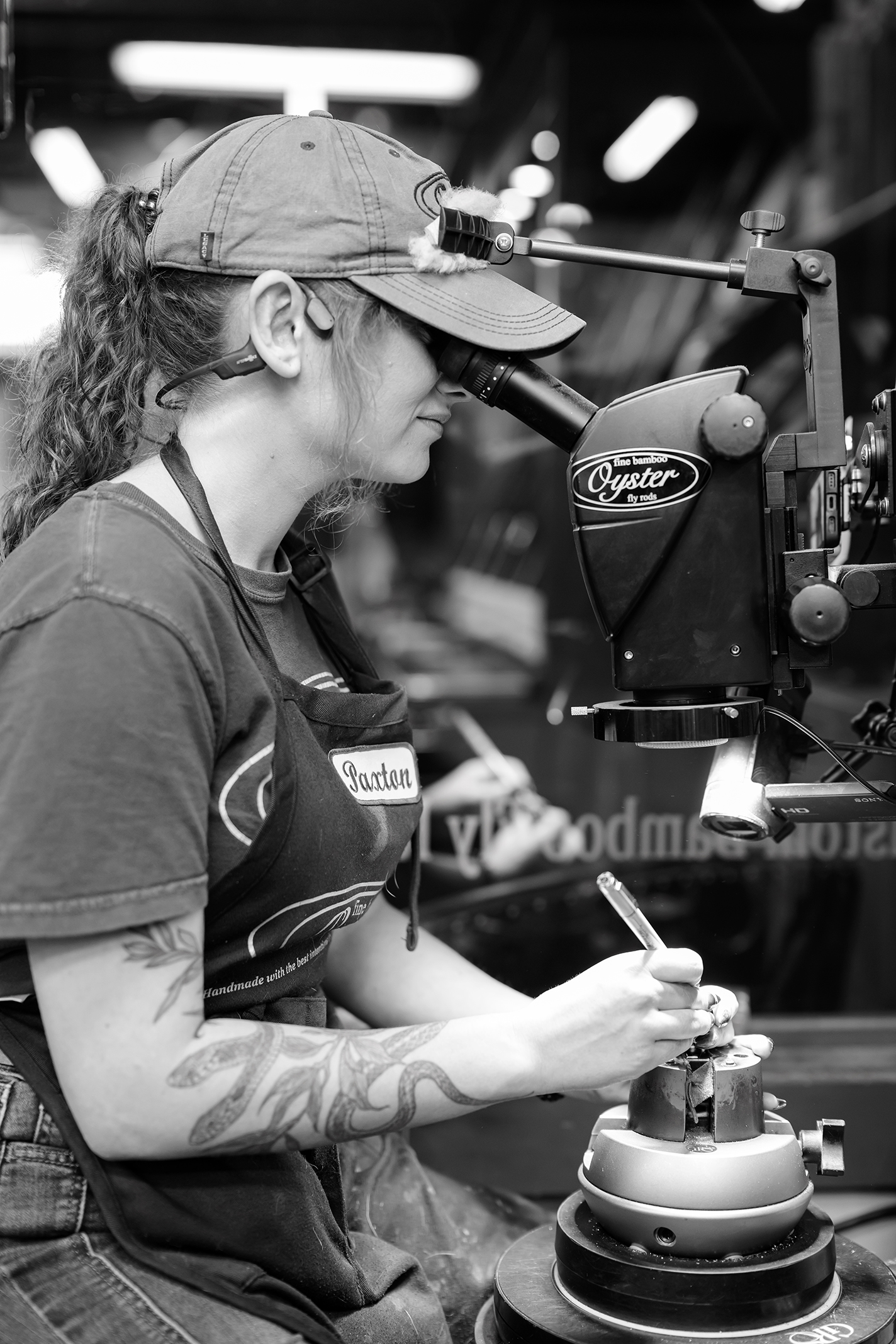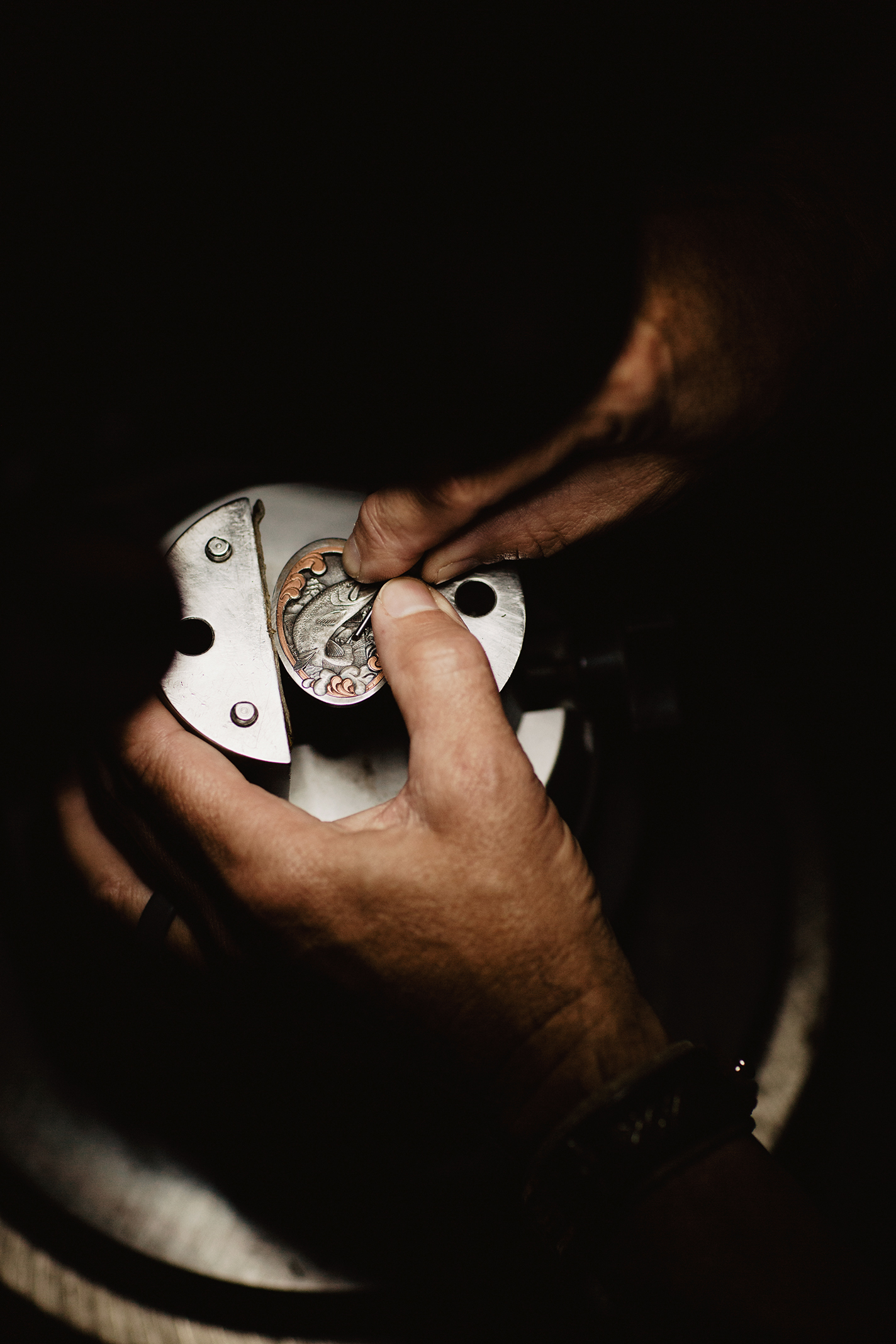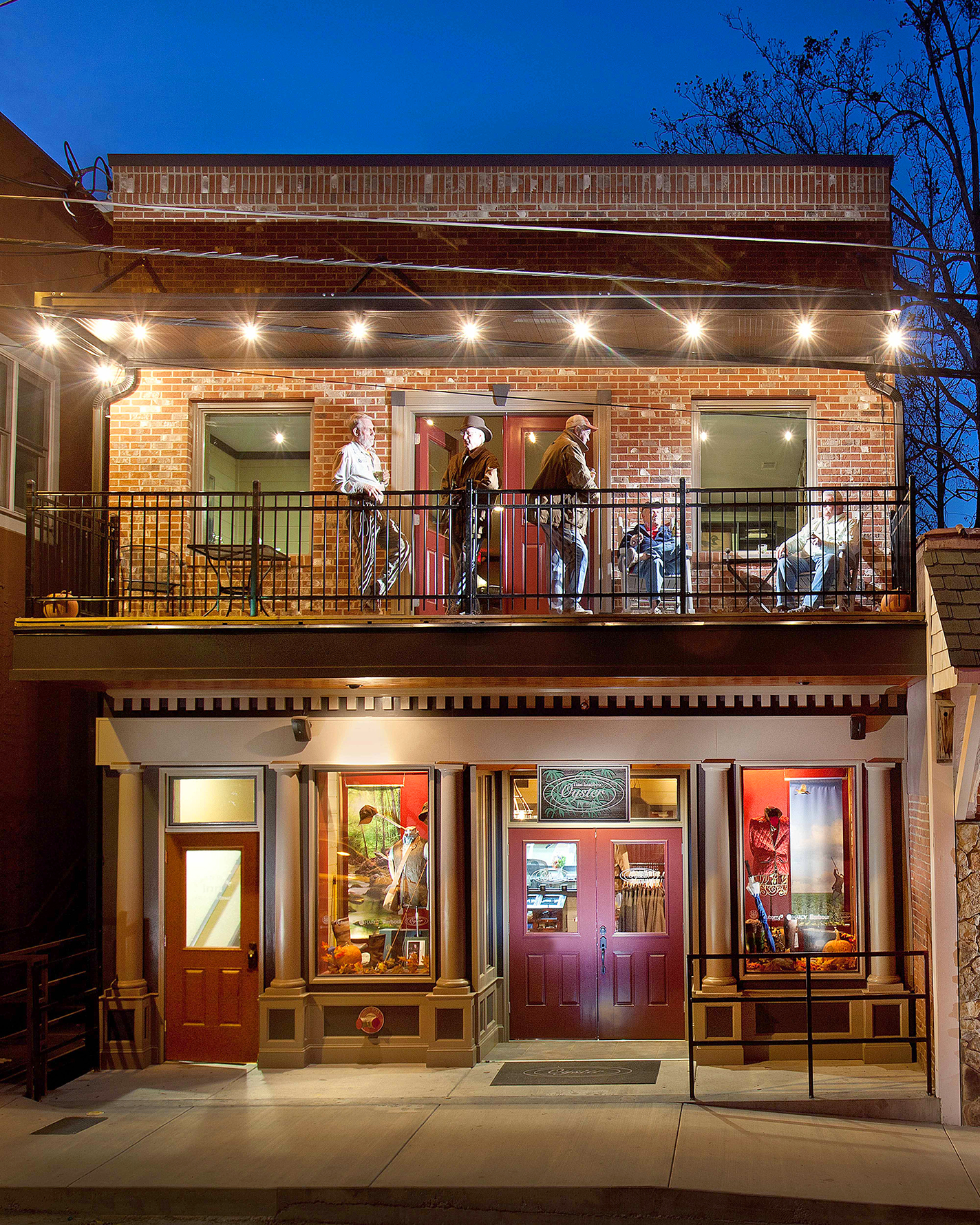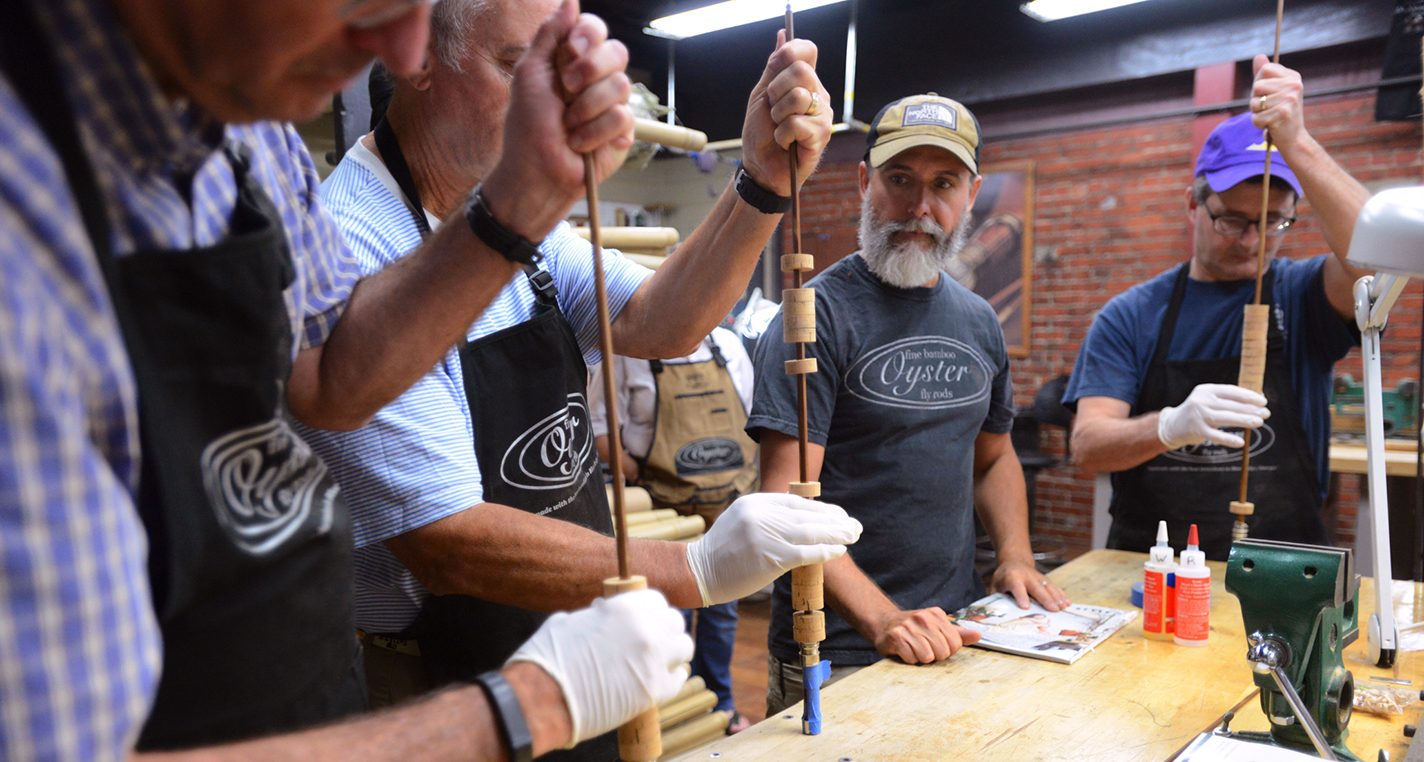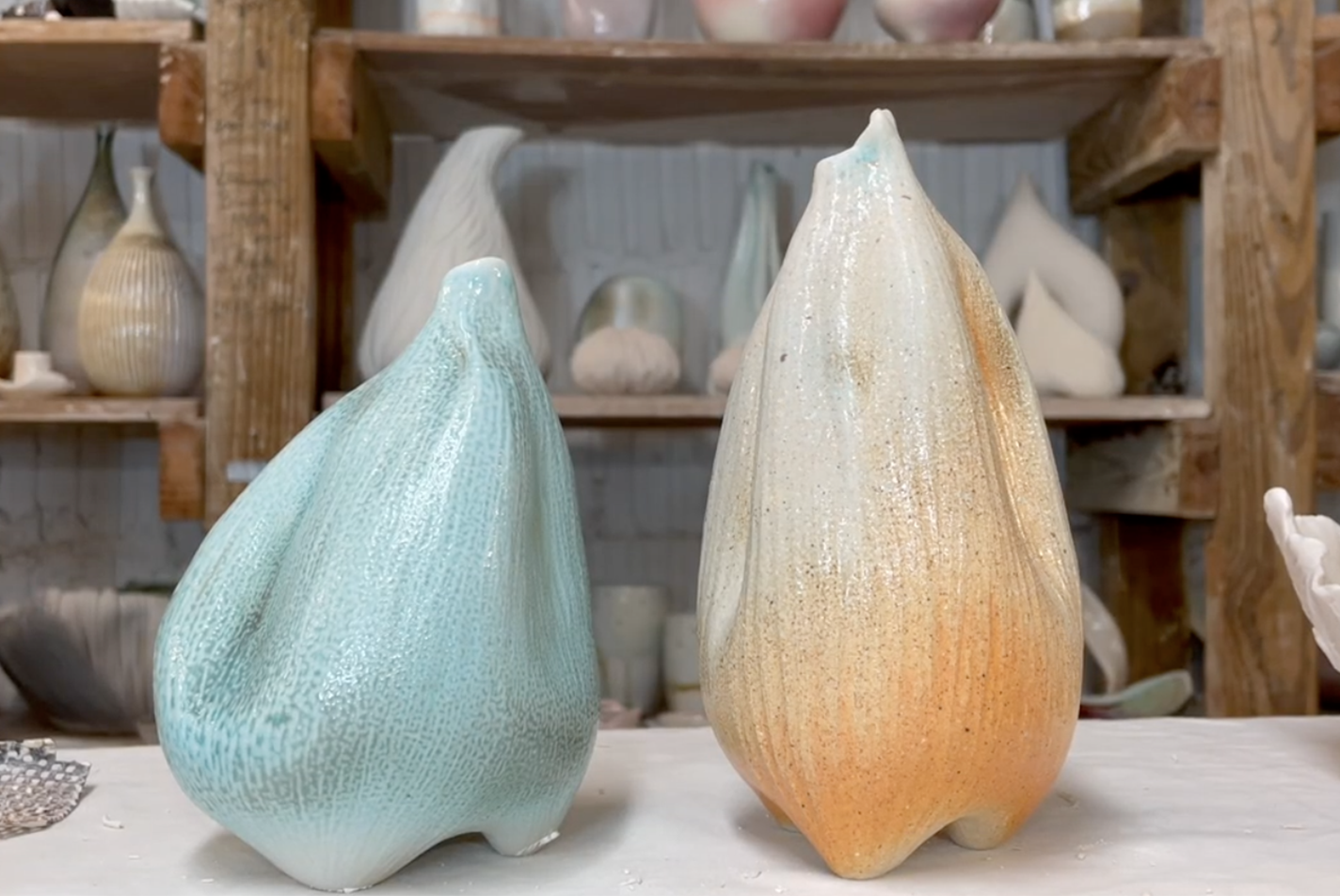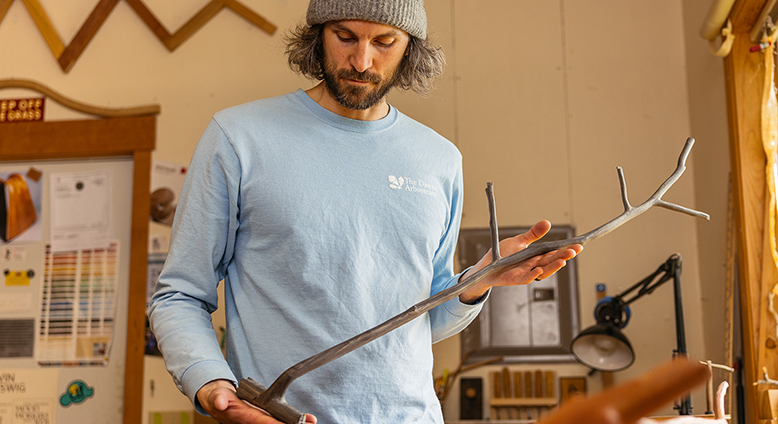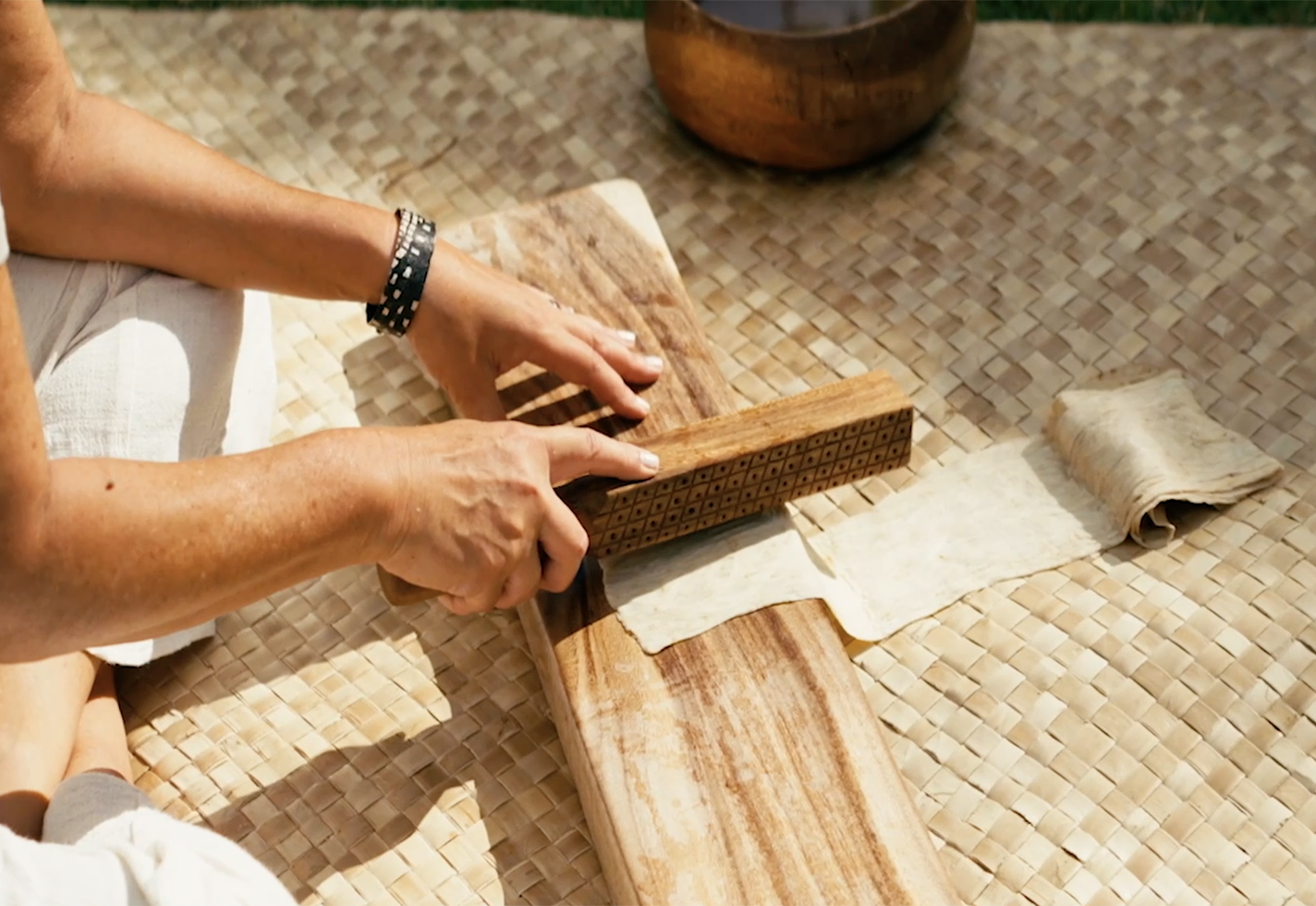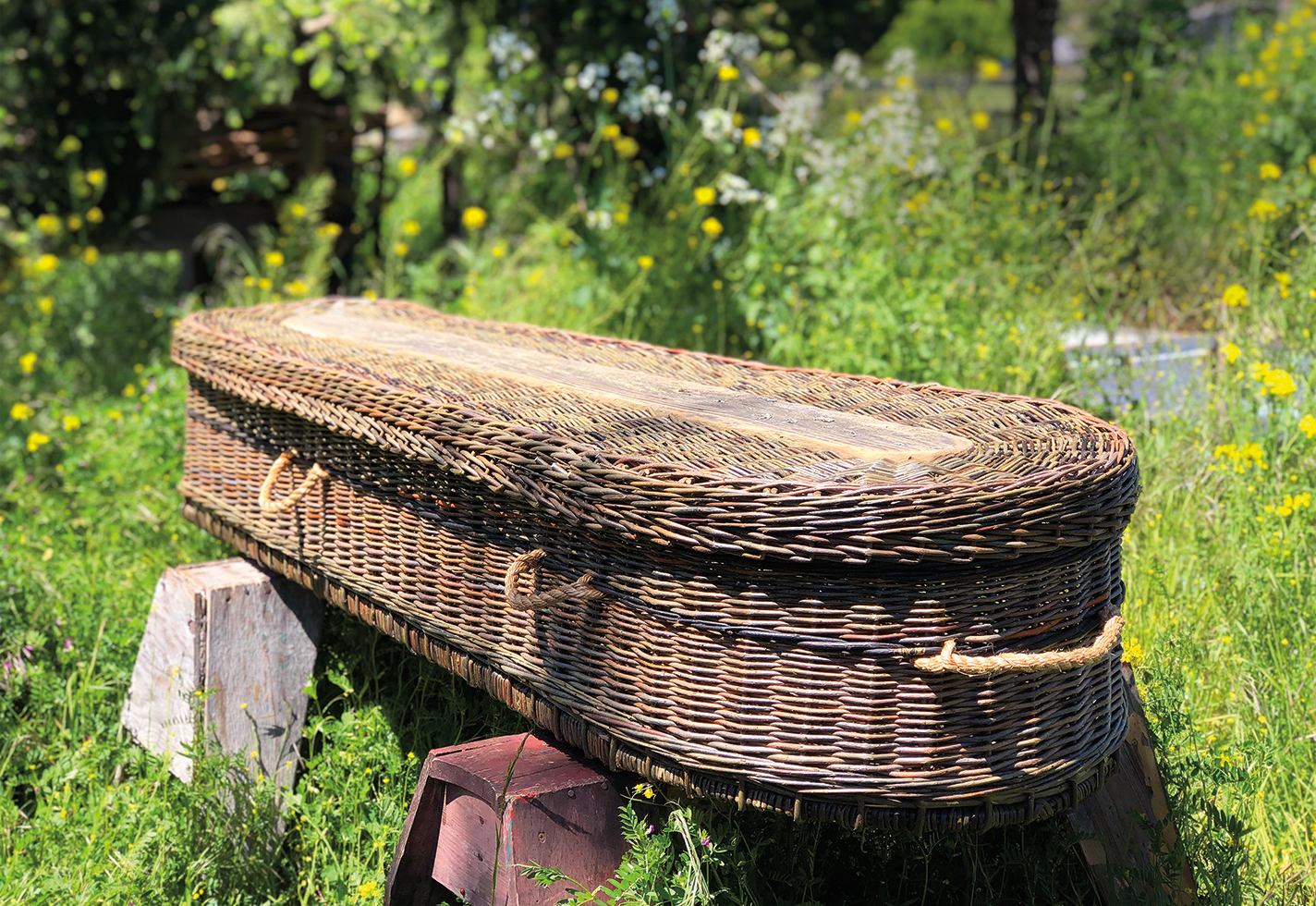In 30 BC, the Roman architect Vitruvius wrote that good design should embody strength, utility, and beauty. At around the same time, ancient Macedonian fishermen began hoodwinking fish with cunning insect puppets (known by the modern sportsperson as a “fly”). And while it’s doubtful Vitruvius ever picked up a fly-fishing rod, it’s hard to imagine a manmade object that better exemplifies his dictum.
Unlike your average Huck Finn operation (a hook, a worm, a stick), a fly rod is a highly complicated piece of engineering. Since the ultimate goal of each cast is to mimic the gentle landing of a bug on the surface of the water, which fishers do by making mellow, whiplike motions to create a wave, a functional rod will faithfully replicate this impulse and transfer it to the gossamer line connected to a featherweight fly. If all goes well and a fish strikes the fly, the rod must also be strong enough to reel in the catch.
Building the perfect rod, strong yet supple, has been an enduring obsession for anglers. The earliest known fishing guide, Treatyse of Fysshynge wyth an Angle, written by the Benedictine nun Dame Juliana Berners in 1496, includes detailed instructions for building one from hollowed tree branches.
Three hundred years later, a handful of American craftsmen improved on this design, replacing wood with glued strips of bamboo cane. For the next 150 years, the split-cane bamboo fly-fishing rod was the standard tool for anglers around the world, before man-made graphite and fiberglass came along in the wake of World War II.
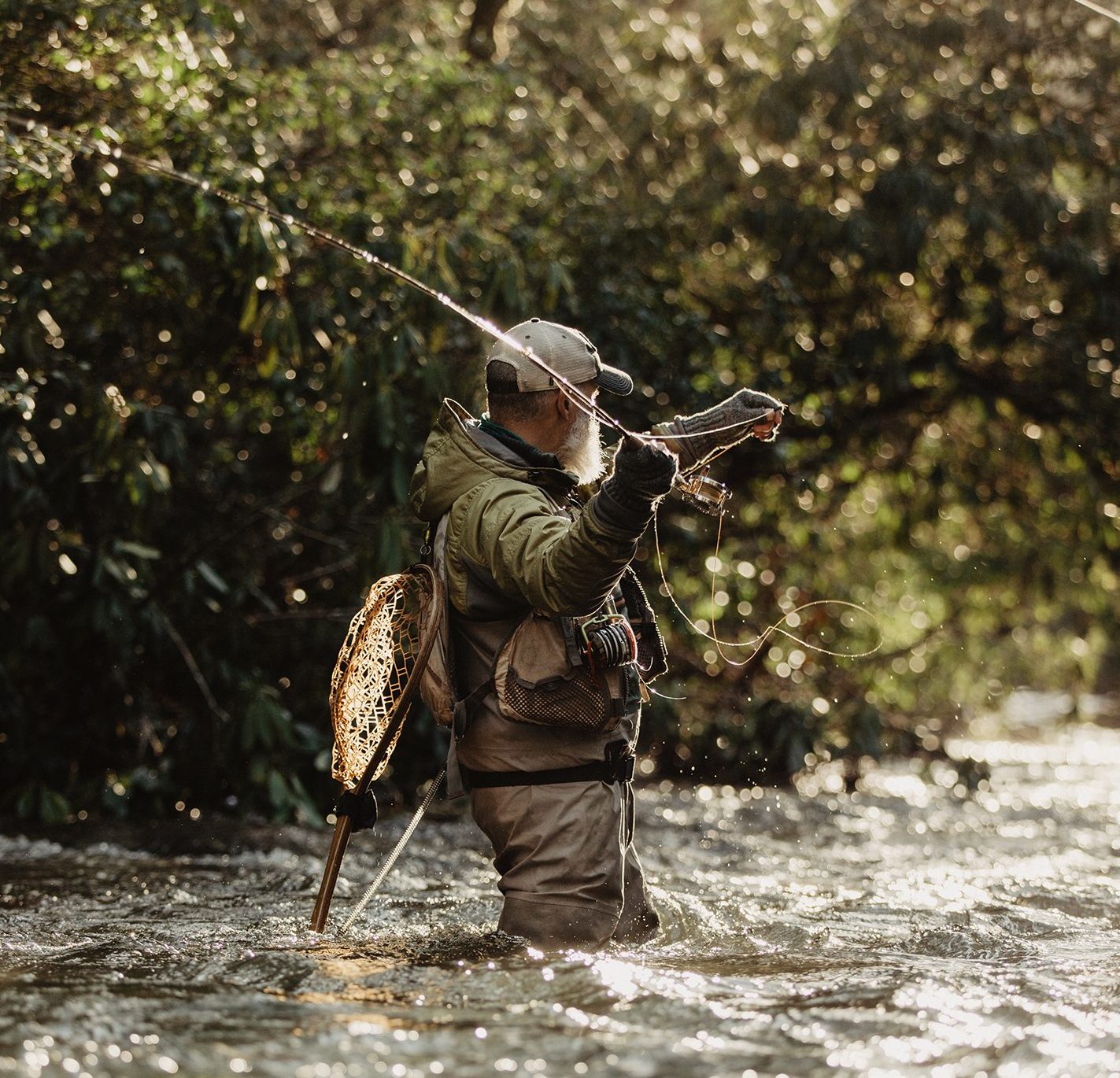
Bill Oyster, co-owner of Oyster Bamboo, casts a fly into a favorite stream in northern Georgia.

